Joint Health
Updated Apr. 08th, 2024
In order for our bodies to be able to perform most of our daily routines, we require the ability to bend our limbs. It’s something that most of us take for granted, but this bending requires healthy joint function. Injury and inflammation can occur to any region of the joint and cause short or long-term restriction of movement and pain.|
What is a Joint?
At each point that one bone meets another, there is a joint in our body. Each joint in our arms, legs, feet and hands consists of several pieces, including: a cartilage cushion layer on the end of each bone, surrounded by a fibrous capsule that completely encloses the joint space.
The joint capsule is filled with slippery synovial fluid that allows the bones to slide easily over one another. In some joints, like our knees (and between our vertebrae in our spine), there are additional cartilage cushions known as “discs” in the middle of the joint to provide further shock absorption. All of our joints are reinforced by fibrous bands, outside of the joint capsule, called ligaments. These ligaments restrict the range of motion to protect the internal workings of the joint. Tendons are fibrous bands that connect muscles to bone, and allow our muscles to move the bones involved in our joints. When a tendon changes direction and/or must cross over a bone, like those that connect our biceps muscle to our shoulder and arm, they slide over a fluid filled cushion called a bursa to prevent fraying or damage. To remember which fibrous band is which, you can know that ligaments connect bone to bone, while tendons connect muscle to bone.
Types of Injury
Muscles and joints can become injured whenever the body is in motion. It often occurs when doing strenuous or repetitive activities, like playing sports or working on an assembly line. Different types of injury have specific names to help explain what type of damage occurred. The term “sprain” refers to partial or complete tearing of a ligament. Sprains cause sharp pain and rapid swelling of the area, often accompanied by bruising. The term “strain” refers to the damage caused to a muscle by overloading or overuse. Muscle strains can appear as: cramps, localized pain during movement, swelling, and loss of mobility. A more common term for a strain is “pulling a muscle”. Generally speaking, tendons are more difficult to tear because the attached muscle will usually stretch to prevent any damage. That being said, tendon tears, and even full tendon ruptures (complete tears) can occur, and may require surgical repair. Another, more common, joint injury is bursitis, an irritation of the fluid-filled bursa cushion. It usually causes localized pain on motion, as the tendon slides across the irritated bursa.
Joint Damage
Cartilage acts as a living shock absorber in your joints that cushions and protects your bones from damage during the stresses of daily living, working, and playing. Age, overuse, and injury, all cause small tears and other damage to the cartilage in our joints. When the damage happens too frequently, the body is sometimes unable to regenerate damaged tissue fast enough to keep your cartilage, ligaments, and tendons supple and flexible. If this continues over time, the cartilage deteriorates enough for bone to rub directly against bone. This type of irritation results in a condition known as Osteoarthritis.
Exercise - Protecting your joints
Exercise moves our joints, and provides a way to spread the lubricating joint fluid, much like the oil in your car coats the engine. This helps to keep the cartilage soft and flexible and to reduce the risk of injury. Be sure to warm up before starting more strenuous activities and stretch to help prepare the joints and muscles for the tasks ahead. It is important not to lift more than you can manage, and always use proper lifting techniques by squatting down and using your legs to lift heavy loads, while keeping your back straight. In cases of repetitive strain injuries, be sure to make your workplace and home life as ergonomic as possible. Maintain proper posture whenever possible and be sure to listen to your body. Pain is a message to slow down or stop what you are doing! You can always come back to it later.
Diet for Joint Health
To provide the body with the raw materials for tissue repair, it is important to eat sufficient amounts of protein or to use a protein supplement. Juice or eat plenty of raw fruits and vegetables including beets, garlic and radishes, as each of these is packed with vitamins, minerals and enzymes.
Be sure to drink at least 2L of filtered water to flush waste products from the damaged area and to hydrate the cartilage and provide sufficient joint fluid. To help prevent muscle and joint injury, eat chromium rich foods such as nutritional yeast, lobster and cheese. This ensures a steady supply of blood sugar to working muscles. You can eat wheat germ to provide octacosanol, which prevents strains by increasing muscle oxygenation, and vitamin E, which heals tissue. Eating oats can provide the connective tissue supporting nutrient, Silica.
Immediate Treatment of Injury - RICE
Upon first injuring yourself, it is essential that you immediately stop the offending activity. The acronym “RICE” is used to allow you to remember how to treat an acute injury (within the first 48hrs): Rest, Ice, Compress (like a compression bandage), Elevate. This will help to reduce swelling and speed healing. When icing, be sure to elevate the injured area while you are doing so, and move the ice around the affected area, performing an “ice massage”. Ice for 15 minutes, and then allow the area to warm for at least 45 minutes before icing again. Repeat as much as possible to reduce the amount of time required for total healing later. If you must use the injured joint soon after the injury, be sure to support it as much as possible to reduce strain to the injured area. This is where compression bandages come in handy, as do air casts and even crutches when necessary. Poultices made of Goldenseal, Fenugreek, Flaxseed powder, turmeric (Curcumin) or mustard can be used. They help to decrease swelling, decrease bruising and relax tense muscles. Be careful with mustard poultices as too much can cause the skin to blister. Topical and oral homeopathic and herbal preparations can also help to reduce inflammation and bring pain under control. See the chart below for recommendations.
Chronic Treatment of Injury
With chronic injuries, the treatment methods are a little different. If you have recently re-injured an old injury, then please treat it as an acute injury as listed above. Chronic injuries are those that have an ongoing low-grade problem due to improper or incomplete healing in the past. Check out our Osteoarthritis article for information on how to treat chronic joint degradation. In general, chronic injuries often respond well to alternating hot and cold treatments. Simply apply a hot wet towel or submerge the area in hot water (be careful to mind your tolerance and do not burn yourself), and then switch over to an ice water towel, or submerge the area in ice water. In general, the ratio of time is 3:1 (hot: cold), with whatever amounts of time work for you. If you are submerging the area in ice water for the cold time, be sure to limit your time to avoid frost bite. In general the alternations are done 3 minutes hot followed by one minute cold. Repeat as many times as you like, but always finish with a cold session and allow the area to warm naturally afterwards. These alternating treatments help to increase local circulation and speed healing. If you cannot commit to such a complicated procedure, simply apply heat to the area to help relax supporting tissues and stimulate circulation. Natural anti-inflammatory herbs like Curcumin and Boswellia can help to reduce pain-causing inflammation. Devil’s Claw is particularly helpful in pain caused by inflamed joint tissues.
Conventional Treatments
Conventional treatment of muscle and joint injury involves the use of anti-inflammatory medications and pain relievers. These can be effective at taking away the acute symptoms and reducing pain, but they do not help to heal the injured tissue. In fact, the use of such medications may make an individual return to activity too quickly, predisposing the area to re-injury. If you use these medications, please be sure to spend a day off of them before you decide if you are ready to perform any physical tasks with the affected area.
SUPPLEMENTS FOR JOINT HEALTH
Hyaluronic Acid (HA)
The cells in our tissues are often connected by an extracellular matrix. In our skin, eyes, and joint tissues this matrix is made up largely of hyaluronic acid (HA). In fact, HA is one of the main non-fluid components of synovial fluid as well. Not having enough HA can contribute to joint deterioration, and thus supplementation can prevent future problems with joint health by maintaining the cushioning within the joint. For more information, please see our Hyaluronic Acid article.
Glucosamine and Chondroitin
Decades ago, researchers found that glucosamine and chondroitin are both building blocks for the molecules that make up tendons, ligaments, bones, and synovial fluid. They found that with age, the ability to regenerate and restore joint structure begins to fail, often due to a decrease in the natural production of glucosamine sulfate and other structural molecules in the body. This deficiency causes the production of new joint and connective tissue and the repair of old tissue to slow. Ongoing research has repeatedly found that co-supplementing glucosamine and chondroitin can help to reduce pain in those suffering from arthritis. The GAIT study published in 2008 found that this combination was most effective for moderate to severe arthritis pain in the knee, and gave 79% of sufferers a 20% or greater reduction in pain. This combination has been found to have much less effect in those with slight pain. The beneficial effects of chondroitin and glucosamine often took several weeks of supplementation to occur. For more information, please see our Glucosamine article.
Collagen
Supplementing Collagen can provide the body with the essential building blocks required to repair the soft tissues surrounding any injured joints. Type I & III collagens help to maintain your bone and repair damaged tendons and ligaments. Type II collagen is used in the production and repair of cartilage in the body. Thus supplementation with Type II collagen can promote repair of internal joint structures. Fore more information, please see our Collagen article.

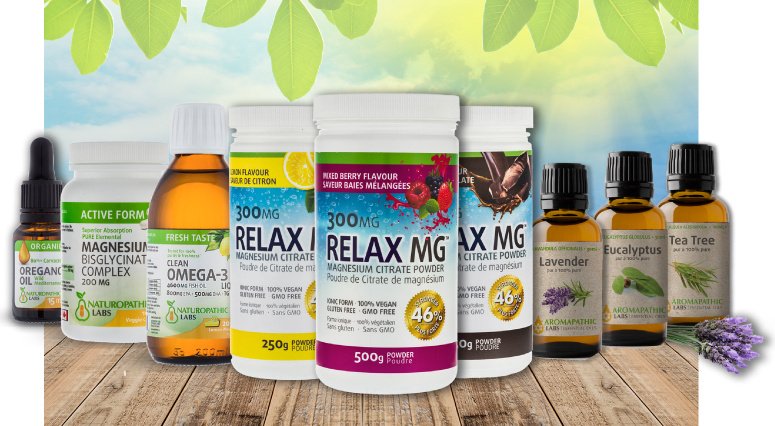
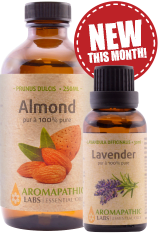
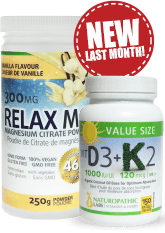


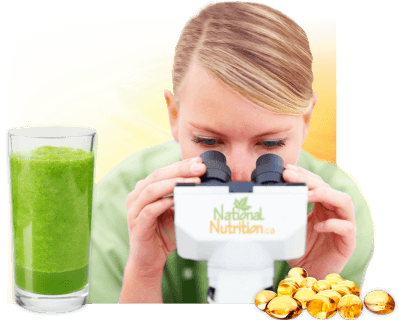





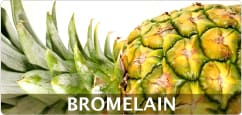


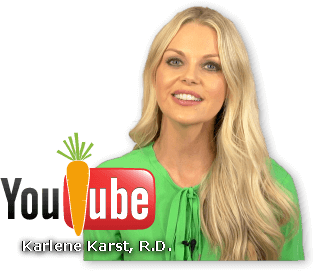

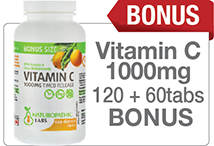
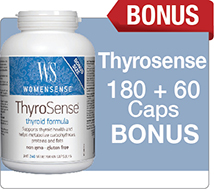
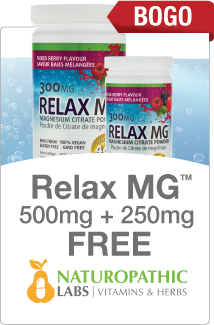


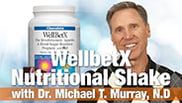
We have been buying Carlson Cod Liver Oil from National Nutrition for years & have been taking it for its rich Vitamin A, Vitamin D3, EPA and DHA, & Calcium. National Nutrition offers GOOD price @ $39.99 per 500 ml bottle which is a better price than other health stores. Highly Recommend.
Hello Sophia,
Thank you for sharing, Carlson Cod Liver Oil is an excellent supplement that's enjoyed and loved by many. It has great EPA & DHA properties for cognitive health and many other benefits like you mentioned. We work hard to provide the best value, prices and deals and are glad you've been enjoying them.
Stay healthy & well!
We have been taking New Roots Boron twice daily to aid bone health & we also take Bromelain & Curcumin to alleviate Arthritis pain which have proven to be working !
Hello Sophia,
That is excellent to hear! We're glad this article helped you find the supplements to support your joint health.
Keep healthy & carry on.
I recently had the opportunity to try out a supplement containing Glucosamine and Chondroitin, and I wanted to share my thoughts and experiences with these two commonly used ingredients for joint health. As someone who leads an active lifestyle and occasionally experiences joint discomfort, I was eager to see if these supplements could make a positive difference. Here is my review:
Firstly, let's talk about the formulation and ingredients. Glucosamine and Chondroitin are naturally occurring substances found in the human body, particularly in the cartilage that cushions our joints. Glucosamine is involved in the production of molecules that form cartilage, while Chondroitin helps to maintain its elasticity. These two ingredients are often combined in dietary supplements, as they are believed to work synergistically to support joint health.
In terms of the supplement I tried, it contained a recommended dose of both Glucosamine and Chondroitin. It's worth noting that the effectiveness of these supplements may vary depending on the quality and purity of the ingredients used, so it's essential to choose a reputable brand.
Now let's move on to the effects I observed while taking Glucosamine and Chondroitin. After using this supplement for several weeks, I noticed a gradual reduction in joint discomfort and stiffness. I could engage in physical activities with greater ease and less discomfort than before. It's important to mention that the effects were not immediate, and it took some time for the supplements to build up in my system before I started experiencing noticeable improvements. However, once they kicked in, the difference was quite significant.
Moreover, I appreciated the fact that these supplements are generally considered safe and have minimal side effects. However, as with any dietary supplement, it is always wise to consult with a healthcare professional before starting a new regimen, especially if you have any pre-existing medical conditions or are taking other medications.
One thing to keep in mind is that Glucosamine and Chondroitin might not work for everyone. While many people report positive outcomes, some individuals may not experience significant benefits. It is crucial to manage expectations and understand that individual responses can vary.
Lastly, I must emphasize the importance of a holistic approach to joint health. While Glucosamine and Chondroitin can be helpful, it is also vital to maintain a healthy lifestyle, including regular exercise, a balanced diet, and weight management. These supplements should be seen as part of a comprehensive joint care routine.
In conclusion, based on my personal experience, Glucosamine and Chondroitin have proven to be valuable additions to my joint health regimen. They have provided me with noticeable relief from joint discomfort and improved my overall mobility. However, it is important to remember that results can vary from person to person. If you are considering trying these supplements, I recommend consulting with a healthcare professional and selecting a high-quality product from a reputable brand. Remember to be patient and consistent with your usage to allow the supplements to take effect.
Hello, Anh Tuan,
Thank you for sharing your experience with glucosamine and chondroitin for your joint health. It's nice to hear our customers experience first hand and we're glad it worked well for you and that you felt a difference in your mobility and joints. As you mentioned, natural solutions tend to have less side effects than prescriptions. Another supplement that helps joint health is Curcumin, it also has quite a bit of scientific research to back it up, you can check out our latest article on it here: https://www.nationalnutrition.ca/articles/research/curcumin-and-joints/
Have a healthy day.